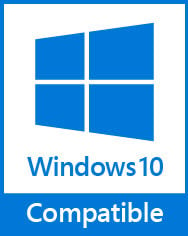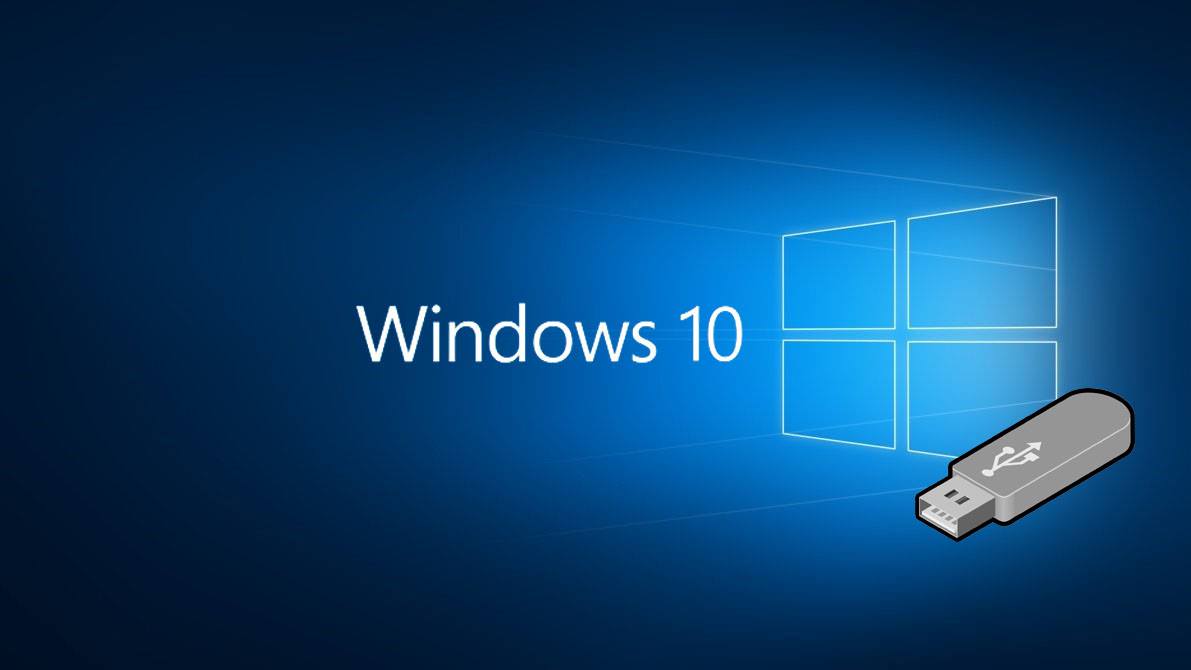
How to Access the Startup Folder in Windows 10
Windows startup folder was an integral part of Windows that goes way back to Windows 95. In the past versions of Windows, the startup folder was easily accessible. Any program or software inside would automatically run by default when you boot up Windows 10.
Recommended: To easily install drivers automatically, use the tool below.
In earlier versions of Windows, the startup folder in Windows would run a batch script that contained a list of programs that would run automatically along with the Windows operating system.
In the past, users would modify the batch script file using a text editor to include custom programs ready for use every time Windows boots up.
Windows decided to add a dedicated graphical interface to its operating system to move away from using command lines and batch scripts to customize its startup folder.
Even though Windows completely changed how to include various programs to run during boot, the startup folder is still present in Windows 10.
How to Access Windows 10 Startup Folder
In previous versions of Windows, the startup folder in Windows can be easily located in the start menu. The startup folder contains programs installed on your computer and is set to run automatically whenever your computer is turned on.
However, when Windows 8 was released, the start menu was removed entirely from the operating system, which gathered a lot of criticism and negative feedback from long-time Windows users. Because of this, the start menu was added back shortly after releasing Windows 10. Now there are two startup folders in Windows 10, which are located in different locations.
Access the Windows 10 startup folder Using Windows File Explorer
To access the startup folder in Windows 10, you must first enable the ‘Show Hidden Files‘ option. To do this, follow the guide below.
- Press the Windows key + S on your computer and search for Control Panel.
- After that, click on Open to launch the Control Panel.

3. Inside the Control Panel, click on File Explorer Options.

4. Lastly, click on the View tab and make sure that ‘Show Hidden Files, Folders, and Drives‘ is Enabled.

Once you enable this option on Windows 10, you can locate the Windows 10 startup folder.
To access the ‘All Users Startup Folder,’ check out the guide below.
- Press the Windows key + S on your computer and search for File Explorer Options.
- After that, click on Open.

3. On the side menu, click on Local Disk (C:) or the drive where Windows installation files are installed.
4. Now, click on the Program Data folder.
5. Inside the Program Data folder, click on the Microsoft folder, then the Windows folder.
6. Lastly, click on Start Menu > Programs > Startup.

To access the ‘Current Users Startup Folder‘, follow the steps below to guide you through the process.
- Press the Windows key + S on your computer and search for File Explorer.
- After that, click on Open.

3. On the side menu, click on Local Disk (C:) or the drive where Windows installation files are installed.
4. Next, click on the Users folder and select the username of the user you wish to access its startup folder.
5. Lastly, navigate through the following folders App Data > Roaming > Microsoft > Windows > Start Menu > Programs > Startup.

Now you can customize the programs on the Windows 10 startup folder you want to execute whenever Windows is booted on your computer.
Recommended: Fortect System Repair Tool – Fix Errors & Speed Up Windows Automatically
Access the Startup Folder Using Run Command
An easier way to access the Windows 10 startup folder is by jumping directly to the folder using the shell command. To use the Run Command, check out the guide below.
- Press the Windows key + S on your computer and search for ‘Run.’
- After that, click on Open to launch the Run Command.

3. Lastly, type Shell:common startupto access ‘All Users Startup Folder‘ and type Shell:startup for ‘Current User Startup Folder.’

Enable and Disable Startup Programs on Windows 10
Suppose you want an easier way to manage your startup programs in Windows 10. In that case, you can use Task Manager to enable and disable programs automatically executed during Windows startup.
- Press CTRL + ALT + DEL key on your computer to open the selection menu.
- After that, click on Task Manager.
- Inside the Task Manager, click on the Startup tab.
4. Lastly, right-click on the program you want to change and select ‘Enable‘ or ‘Disable.‘

Alternatively, you can also customize your startup programs via Windows Settings. To do this, follow the steps below.
- Press the Windows key + I to open Windows Settings on your computer.
- Next, click on Apps.

3. Lastly, click on Startup from the side menu and select the programs you want to include or exclude from being executed on startup.

Managing Startup on Other Versions of Windows
If you are not running Windows 10 on your system, you can manage your startup programs using MSConfig since the Startup tab is not in the Task Manager.
The Task Manager is a built-in tool in Windows used to control your system’s behavior when it boots and allows you to modify programs that should run when you turn on your computer.
Check out the guide below to use MSConfig to manage your startup programs.
- Press the Windows key + R on your computer to launch the Run Command Box.
- After that, type msconfig and hit Enter.

3. Lastly, click on the Startup tab inside MSConfig, and you can add or remove programs that would run during Windows startup.
In summary, Windows did a great job of making it easier for users to manage Windows 10 startup.
Compared to manually editing batch scripts, the graphical user interface is easier for non-techy users.
Remember that some programs in the startup list might be essential for Windows to run correctly. Others, such as iTunes, might not be essential for a startup. Changing these programs might positively or negatively affect the performance of your computer.

- Your machine is currently running Windows 10
- Fortect is compatible with your operating system.
Recommended: To repair Windows Errors, use this software package; Fortect System Repair. This repair tool has been proven to identify and fix these errors and other Windows problems with very high efficiency.

- 100% safe as confirmed by Norton.
- Only your system and hardware are evaluated.
Frequently Asked Questions
Can I delete the startup folder in Windows?
Yes, you can, but we strongly suggest avoiding doing that. By deleting the Startup Folder, all apps and items in your startup will be gone. This includes essential startup programs such as Windows Defender, leaving your computer vulnerable to viruses.
Where is my Windows startup folder?
In most cases, the startup folder in Windows is located at this path: C:\ProgramData\Microsoft\Windows\Start Menu\Programs\StartUp. You can access the Startup Folder in 3 ways. First, you can manually click your way to the Startup Folder’s path; second, you can use the Windows search through File Explorer; lastly, you can access the Startup Folder through the Command Prompt.
Why is startup folder in Windows empty?
There may be several reasons for this issue, but try to recall if you added any programs to the folder first. Although many people use Task Manager or Settings to set up startup apps, the startup folder is empty.
In addition, there are two startup folders. The other functions at the system level, whereas the first caters to individual users. You probably added the program to one but are now searching for the other, and the Windows startup folder appears empty.
Where is the location of startup folder in windows 10?
The Windows 10 startup folder is located at the following location:
C:\Users[Username]\AppData\Roaming\Microsoft\Windows\Start Menu\Programs\Startup
To access the startup folder, you can either:
Press the Windows key + R to open the Run dialog, type “shell:startup” into the box, and press Enter. This will open the startup folder in a new window.
Navigate to the location manually by opening File Explorer, clicking on the “View” tab in the ribbon, and checking the “Hidden items” box under the “Show/hide” group. Then, go to the location listed above.
Note: Replace “[Username]” with your own Windows username.
What’s the difference between personal startup folder and current user startup folders?
The personal startup folder is a special folder available only to the current user, whereas the current user startup folder is available to all users on the computer. The personal startup folder location is “C:\Users[username]\AppData\Roaming\Microsoft\Windows\Start Menu\Programs\Startup,” while the current user startup folder location is “C:\ProgramData\Microsoft\Windows\Start Menu\Programs\StartUp.”




